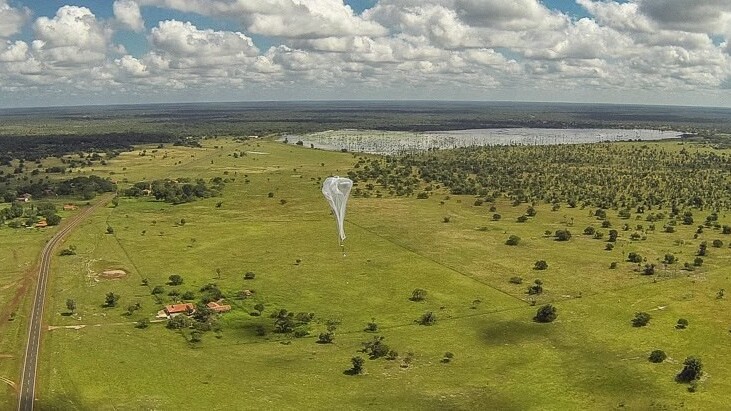
If you had any doubt about Google’s balloon-powered internet service getting off the ground, rest assured that it’s coming along nicely. The company has been granted a patent for its methods to control the altitude of its Project Loon balloons, which operate in the stratosphere over 12 miles (20 km) above sea level.
The balloons use LTE technology to provide connectivity, and move with the stratified winds in the stratosphere to arrange themselves to form a communications network. The new patent allows for ways to move the balloons between wind strata.
This video by PatentYogi describes how the balloons will navigate the stratosphere.
Each balloon is comprised of an inflatable envelope, a high-pressure gas storage chamber and a solar power system. The balloons can use solar power to move gas from the envelope to the storage chamber to reduce their buoyancy and descend, and reverse this method to ascend to higher strata.
Last week, Google landed a test balloon in Argentina after it spent 187 days aloft and circumnavigated the globe nine times.
➤ Balloon Power Sources with a Buoyancy Trade-Off [Google via PatentYogi]
Get the TNW newsletter
Get the most important tech news in your inbox each week.





